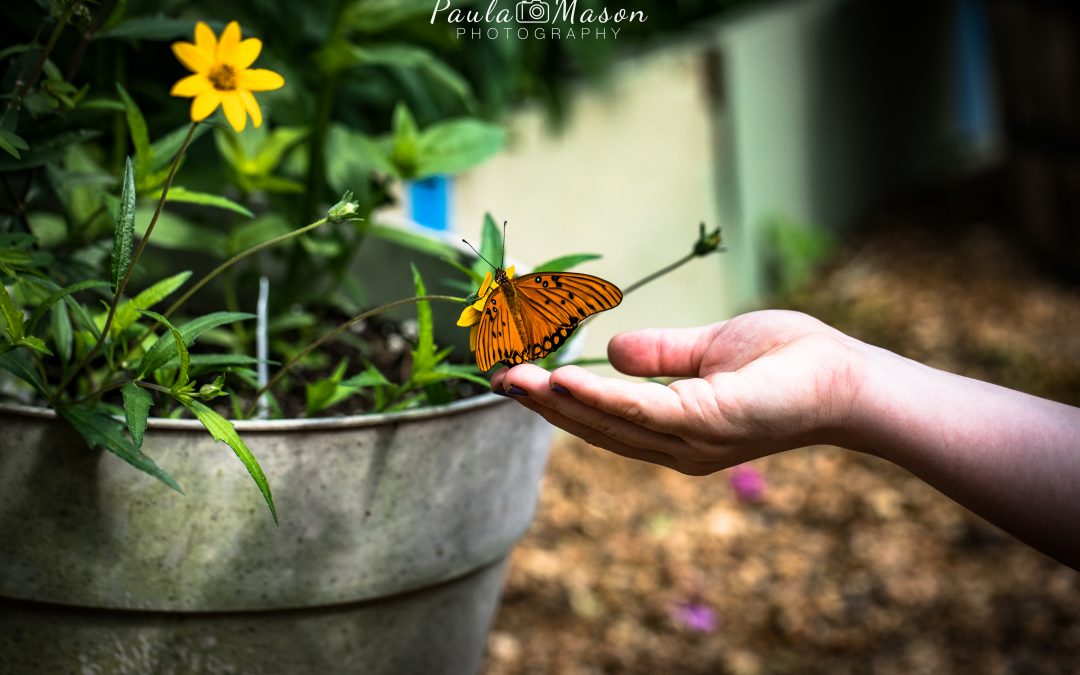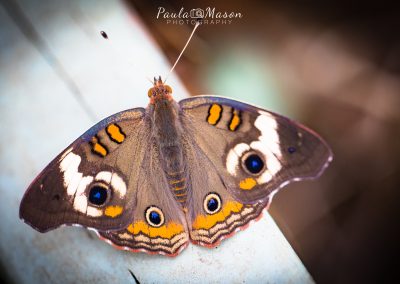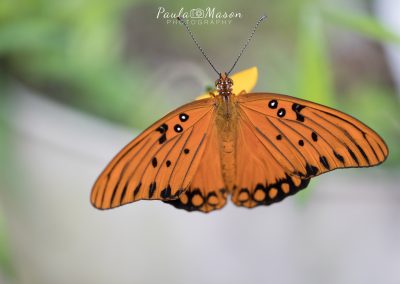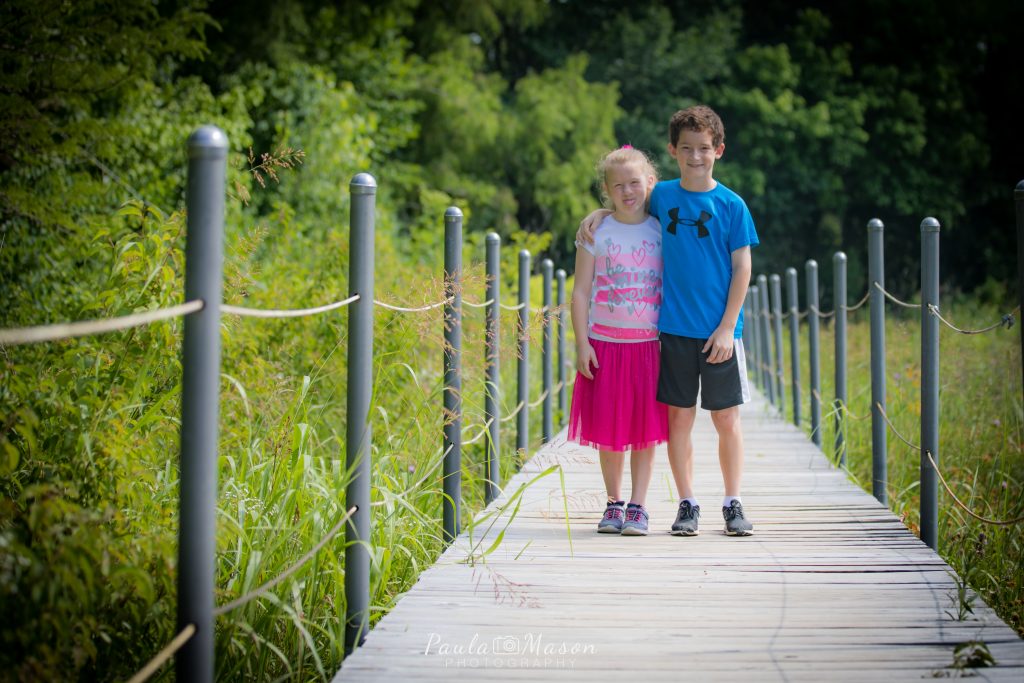The Native Texas Butterfly Garden & House at the Heard Natural Science Museum & Wildlife Sanctuary is now one of my favorite little places to visit with my camera. If you are looking for something to do with your kiddos this summer, you really should consider adding this to your Summer Bucket List! I was finally able to convince my kids to come along with me to Heard Museum, but I had to promise them that we would not go hiking on the trails.
They said it was too hot, and all they wanted to do was see the butterflies and play in the little village of cabins right near the museum building. Also, they have seen so many of my snake pictures lately, that they were not excited to be out hiking where I had taken all those creepy pictures. I reluctantly agreed, because I could hardly imagine going to Heard and not hitting one of the trails! But…I’ll take what I can get.
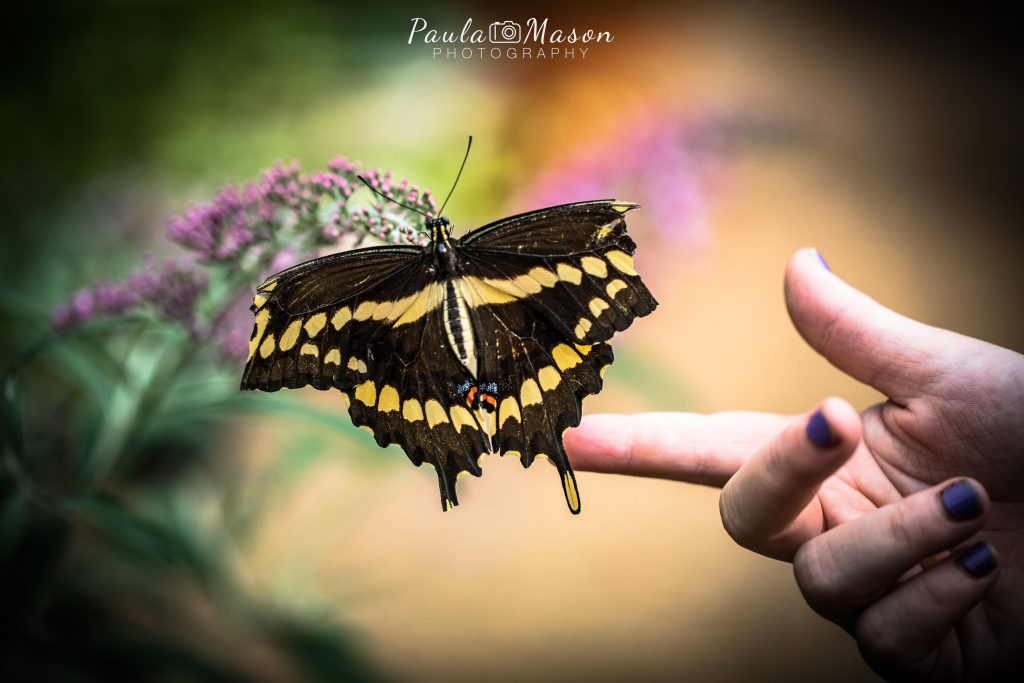
So sweet…she just couldn’t resist reaching out to them. So many of my pictures have her little hand in the frame! Love her love of all things nature!
So off we went to Heard to check out the butterflies. I had passed through the butterfly garden area a couple of times (without my kids), but I had not spent much time inside of it. The couple of times I passed through it, I did take a few pictures (with the wrong lens), so I was really interested in going back at some point to try and use my Canon 100mm Macro Lens.
[amazon_link asins=’B002NEGTSI’ template=’ProductAd’ store=’ballcapmomcom-20′ marketplace=’US’ link_id=’2c398c07-4fa0-11e7-9f65-119a19fa8e8a’] I’ve had my macro lens for quite some time, but I had not used it much until this visit to the Butterfly Exhibit. What I learned from this visit was that using a Macro lens is not as easy as I thought it would be, and I also learned that butterflies are really cool, especially when you can see them really close up (and magnified by the macro lens)!
The Native Texas Butterfly Garden & House is located right at the beginning of the Wood Duck Trail at the Heard. You can’t miss it. It is surrounded by lots of beautiful flowers in a lovely little garden area with a few benches to sit on, and right in the middle of the garden is the Butterfly House.
This area surrounding the Butterfly House is open year-round, and the plant life changes depending on the season. I have to say, that Spring is my favorite time for this area, because almost all the flowers are blooming!
This little garden area is designed so you can walk with free-flying butterflies and other pollinating bugs. The actual Butterfly House includes native species that vary depending on the season, and the garden area is filled with host plants that attract the butterflies, spiders, and other flying and crawling friends!
We were so distracted by all the beautiful butterflies, that we almost missed one of the eight-legged friends that was spinning a web nearby! Eeek! It certainly got my attention! And of course, once my kids noticed the giant, creepy spider, they were on full-alert looking for me.
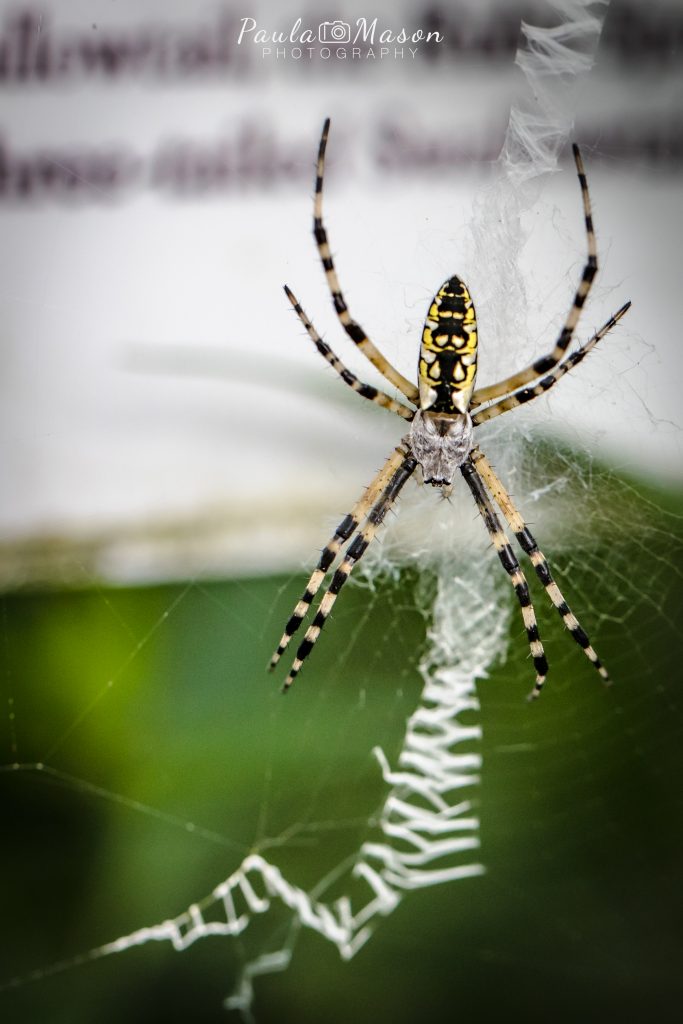
Totally creepy, right? I was a little nervous getting so close to him with my Macro lens. I was afraid he’d jump on me! Eeek!
After a few minutes of spider-hunting, we were ready to head out to Pioneer Village to play in the cabins and hang out for a bit before heading home.
The kids climbed in and out of the cabins for about 15 minutes, and then Zach was ready to call it a day. But not Morgan, my little nature lover. She had decided that she wanted to see a “real live snake in person because seeing them in pictures isn’t the same.”
I was so happy. I bribed Zach to agree to this by telling him he could control the music in the car on the way home – we would listen to anything he wanted! Easy enough, right? So we headed down the Wood Duck Trail towards the “creepy part of the trail with the snakes.”
Sure enough, they were right where I had seen them the week before. Morgan saw about 7 snakes, and that was plenty for her. We headed back to the museum building, bought a few souvenirs, and headed home.
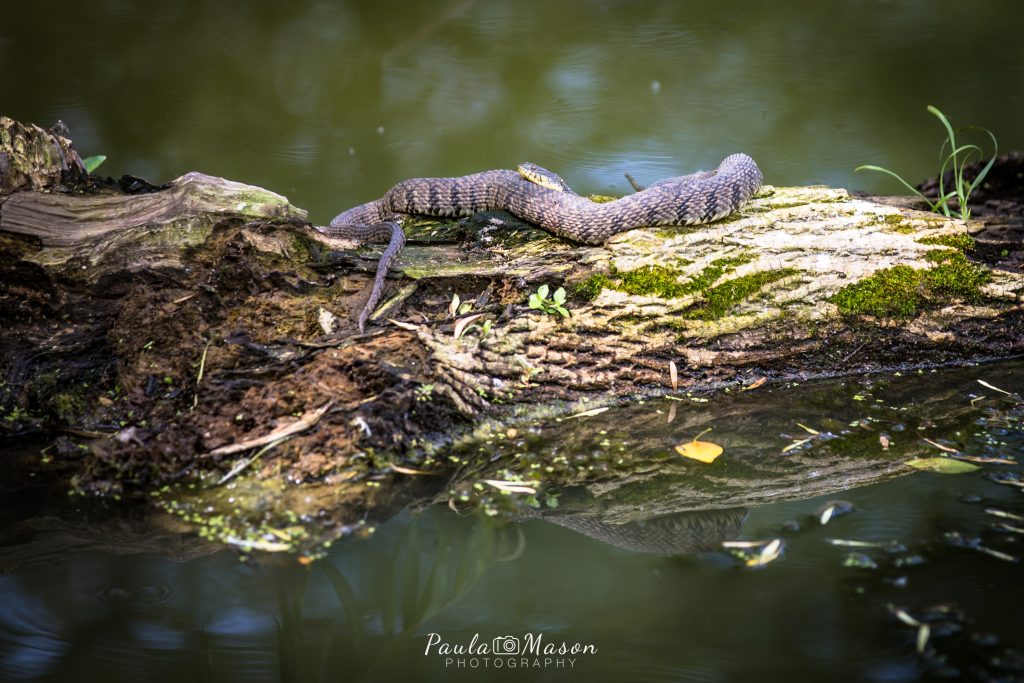
There were not as many snakes as there were on my last visit, but we saw enough to sufficiently creep me out again!
What a fun morning. When I was researching various websites for this blog post, I learned a lot about butterflies. I read about their lifespan, migration, habitats, diets, communication, and much more. You can read all about them on the Learn About Nature Website.
Most of the information I learned was really interesting. But there was a bit of disturbing news regarding the Monarch Butterfly. Apparently, the numbers of Monarchs is dwindling. No one really knows for sure why this is happening, but it is believe to be caused by the use of weed-resistant material and herbicides.
These chemicals ruin the Monarch’s original habitat, and is thought to be the main reason causing the decrease in numbers. The milkweed plant, the only plant on which the Monarch caterpillar feeds, is being destroyed by many of these chemicals.
Now I understand why the Heard Museum was working so hard to sell Milkweed plants at their annual plant sale. Unfortunately, I did not buy any Milkweed, not because I didn’t want any, I just did not know much about this plant.
I will certainly be buying some next time to plant in my backyard! Every little bit helps, right? I learned many other interesting and fun facts about the Monarch butterfly, including:
- A black spot on an inside surface of its hind wing distinguishes the male Monarch Butterflies from the females that have no such spot.
- The Monarch Butterfly does not have lungs; breathing takes place through tiny vents in the thorax or abdomen called spiracles, and an organized arrangement of tubes called trachea, distribute the oxygen through the Monarch’s body system.
- They have a 10 cm wing-span and weigh between 0.25 to 0.75 grams.
- The wings flap slower than other butterflies at about 300 to 720 times a minute.
- Senses of smell and vision help the Monarch Butterflies to assess its environment.
- They have a broad spectrum perception of colors and can see even the UV light that humans cannot.
- Their process of communication uses colors and scents. Chemical discharged from the rear wing glands help the males to attract its mate.
- The Monarch Butterfly can cumulatively lay about a maximum of 250 eggs per day at the rate of one egg at a time. The witnessed highest number of eggs laid by a Monarch Butterfly in captivity is 1179.
- These butterflies use their eyes to locate flowers, they use their antennas to smell the nectar and the minute receptors lodged in their feet called “tarsi” come in handy to taste sweet substances.
- Adult Monarchs feed on nectar and water by sipping on it using a sucking tube called proboscis that lies coiled under the head when not in use.
So there you have it. I’d definitely add a trip to the Native Texas Butterfly Garden & House at the Heard Natural Science Museum & Wildlife Sanctuary to your schedule if you haven’t been already. You might even consider packing a picnic lunch or some snacks. They have several areas where you can sit and picnic (in the shade) after you visit the butterflies.
And if you’re feeling brave and adventurous, head out on the Wood Duck Trail. Maybe you’ll see the snake friends we met when we were there! Have fun and let me know what you think. Until next time…
[amazon_link asins=’0691166358,B00WE1BKDY,078948983X’ template=’ProductGrid’ store=’ballcapmomcom-20′ marketplace=’US’ link_id=’f083997a-4f9f-11e7-a4e3-85865645c820′]

